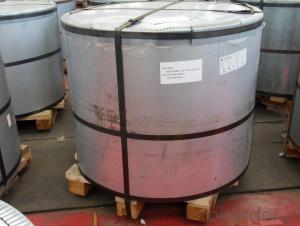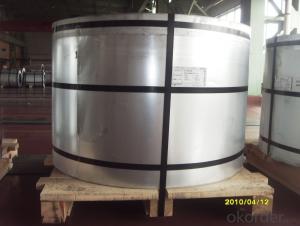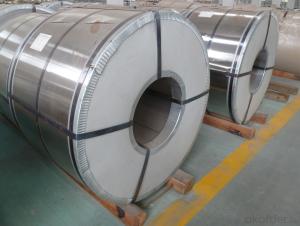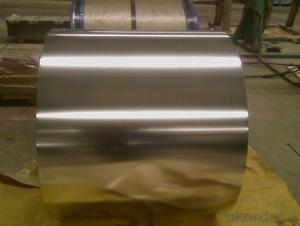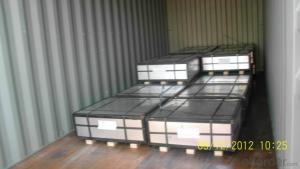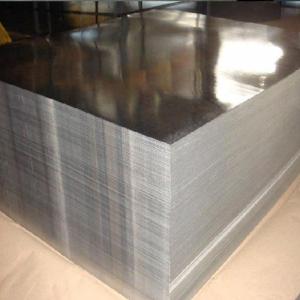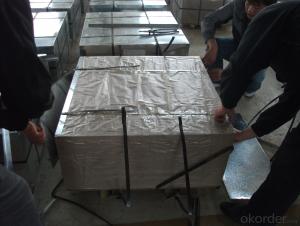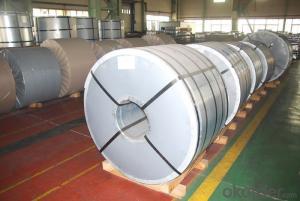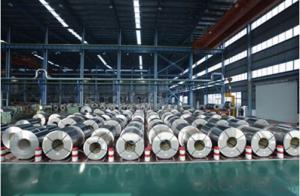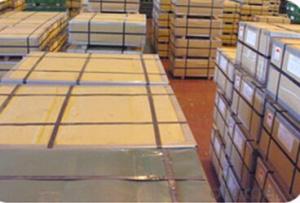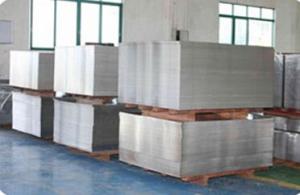Printed Tinplate
Printed Tinplate Related Searches
Printing Tinplate Sheet Tinplate Iron Packaging Tape Tinplate Material Tinplate Cover Standard Gauge Tinplate Tinplate Tea Set Mth Tinplate Set Circle Packaging Machinery Inc Tinplate Model TrainsHot Searches
Printed Solar Cells For Sale Mth Tinplate For Sale Tinplate For Sale Tinplate Sheet Price Tinplate China Tinplate Price Trend Tinplate Nse Share Price Tinplate Price Chart Tinplate Share Price Nse Tata Tinplate Share Price Tinplate Share Price Today Tinplate Share Price Bse Tinplate Price Tinplate Share Price Tinplate Sheet Prices Tinplate Sheet Suppliers Tinplate Factory Tinplate Production Tinplate Products Ltd Tinplate ProductsPrinted Tinplate Supplier & Manufacturer from China
Okorder.com is a professional Printed Tinplate supplier & manufacturer, offers integrated one-stop services including real-time quoting and online cargo tracking. We are funded by CNBM Group, a Fortune 500 enterprise and the largest Printed Tinplate firm in China.Hot Products
FAQ
- Tinplate offers several advantages for beverage cans, including its excellent resistance to corrosion, its ability to maintain the freshness and taste of the beverage, its high strength-to-weight ratio, its ease of recyclability, and its cost-effectiveness.
- How do you paint the tinplate?
- Looking for tin printing cans factory processing back. Printing waste rate of 1000, there are 5 waste or so.
- Yes, tinplate can be used for packaging beauty and skincare products. Tinplate is a durable and versatile material that offers excellent protection against moisture, light, and external contaminants. It also provides a premium and aesthetic appeal, making it suitable for high-end beauty and skincare products. Additionally, tinplate is recyclable, making it an eco-friendly packaging option.
- Tinplate is typically printed and decorated through a process called lithography. This involves creating a design on a flat surface, often using a metal plate, which is then transferred onto the tinplate using ink. Various techniques such as offset printing or screen printing can be employed to achieve different effects and colors. Additionally, other decorative elements like embossing or varnishing may be applied to enhance the visual appeal of the tinplate.
- Tinplate is commonly used in the manufacturing of kitchenware as it provides a protective coating on steel products, preventing corrosion and extending their lifespan. This coating of tin also enhances the appearance of kitchenware, making it more visually appealing. Additionally, tinplate offers a non-reactive surface, ensuring that food does not get contaminated by the metal it comes in contact with. Therefore, tinplate is widely utilized for various kitchenware items like cans, containers, cookware, and utensils.
